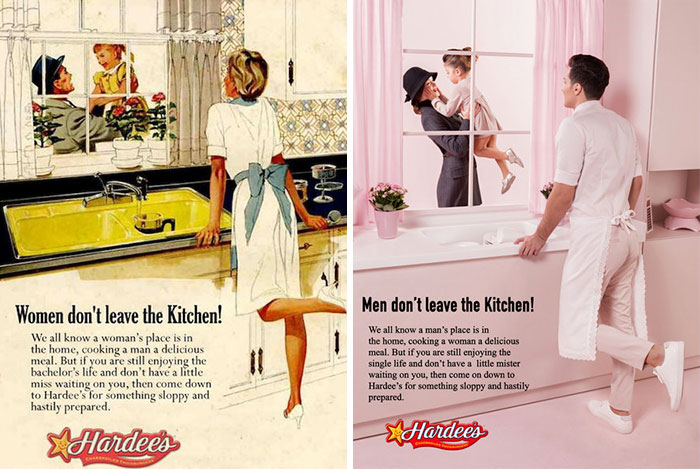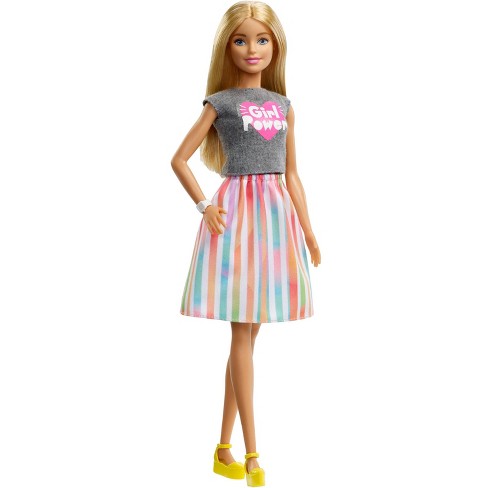Kate Lyman gives examples of her classroom experiences when she explored the idea of gender stereotypes/roles with her 2nd and 3rd grade students.
Key Concepts:
- Women and adolescent girls have gone and continue to resort to certain measures to look like the models they see in magazines by adopting different lifestyles (extreme dieting, body shaming,
- Male and females still have the same gender expectation of 60 years ago: women are expected to take care of the children and maintain the household while men support their families by working.


The manufacturers of Barbie made her up to have a tiny waist and big boobs. In addition to those "assets", they gave her long legs, skinny arms, and tiny feet. This type of advertising sends a hidden message that woman should aspire to look like barbie. and that women want to look like her. If they do, they'll have no problem catching the attention of a man and they'll be considered beautiful.

** Ads in women's magazines also have a hidden message: If you consume a product (cosmetics, perfume, cigarettes, weight loss) you will look like a model.

Exploration: Lyman created an old Sinek's theory is that successfully communicating the passion behind the 'Why' is a way to communicate with the listener's limbic brainfashioned school day in her classroom where boys and girls were treated differently: girls wore dresses and boys wore slacks and shirts with collars; chairs and desks were in rows; students followed an "old-fashioned" schedule (hand writing, spelling bees, rote math, and textbook science); lines were divided based on gender; boys were treated differently from girls when it came to classroom participation and work.
This exercise made the boys and girls alike to think their treatment towards one another: the girls were upset at how their teacher (Lyman) treated them and the boys enjoyed all the attention they received.
I know I've mentioned multiple times in class and on my blog haha, but I did a unit on gender stereotypes with my eighth-graders this year during distance learning. They were pretty engaged with the assignments (I don't think they'd ever really broken down media in such a way before) and I was consistently excited to read what they had to write about the images we analyzed. You make good points about the disappointing ways in which our popular media manipulates and puts down women. Hopefully we keep seeing more positive changes in our films/toys/literature/etc. At least we're aware as consumers...
ReplyDelete